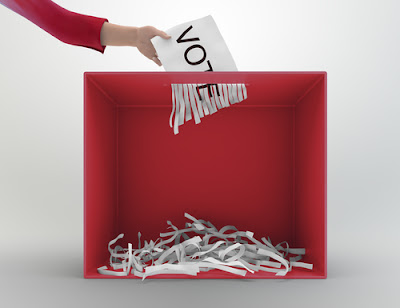apples and oranges
A friend and loyal wmtc reader sent me two Canada-related items from The Economist. (Thank you!)
The first is a letter to the editor, in reply to a story on the EU. A man in Toronto writes:
The other is an interesting perspective on the new War Museum in Ottawa. The article is here, but you need an Economist subscription to read it.
The first is a letter to the editor, in reply to a story on the EU. A man in Toronto writes:
Canada Belongs In EuropeCanadian readers, please weigh in?
I believe that the citizens of the European Union would be best served if the next expansion of the EU was not to the east but rather to the west, to incorporate Canada ("Now that we are all bundled inside, let's shut the door", April 30th). While this notion might seem odd at first, a little investigation would show that the vast majority of Canadians claim ancestry from the nations of the EU and Canada's cultural, social and economic policies are very similar to those of Europe. Access to NAFTA as well as Canada's natural resources, such as oil and gas, holds obvious advantages for our European brethren. Equally, Canada's easy access to Europe would be just as beneficial to Canada. It is time for Canada to petition the EU for membership. The advantages for both parties are too significant to ignore.
Dan Taylor
Toronto
The other is an interesting perspective on the new War Museum in Ottawa. The article is here, but you need an Economist subscription to read it.
Don't Even Memorialise ItThis piece is very fitting, given my recurrent attempts to explain some basic differences between Canada and the US. In a recent comment, Mollie, an American ex-pat in Canada, said:
A new war museum sparks a typically Canadian row
Historically, the 160-acre LeBreton Flats, just upriver from Ottawa's Parliament Buildings, has been a place of both war and peace. On its slopes, Irish canal builders and French-Canadian lumberjacks used to camp and brawl. For the past four decades, it has been a toxic wasteland. Now, after a C$100m ($80m) face-lift, it has become home to Canada's spectacular new War Museum, opened on May 8th, the 60th anniversary of VE-Day.
But the C$136m museum is already mired in a typically Canadian row over whether it presents too bellicose an image for a peaceloving country. The museum's purpose "is not to celebrate hostility", Canada's governor-general (and commander-in-chief), Adrienne Clarkson, insists. While it is not easy to find a peace motif among all the traditional artefacts of war, a message of regeneration does emerge.
The museum's grass-covered roof tilts up towards Parliament's Peace Tower. Its chief architect, Raymond Moriyama, is a Japanese-Canadian who was interned in Canada during the war. And among its 13,000 works of art are some strikingly frank portrayals of the underside of war: a portrait of a disgraced Canadian peacekeeping soldier who tortured a Somali boy; another of a despondent General Romeo Dallaire, head of UN troops in Rwanda during the 1994 genocide.
But if the museum does not glorify war, does it sufficiently project Canada's self-proclaimed role as international peacemaker? Ever since Lester Pearson, then Canada's top diplomat, helped end the 1956 Suez crisis by replacing the Anglo-French invasion force with the world's first international peacekeeping contingent, Canadians have headed such blue-helmet units, taking part in some 45 UN missions from the Sinai peninsula to Afghanistan.
Although the new museum does reflect some of this, many Canadians would like it to do more. Why not celebrate, they ask, years of Canadian diplomatic efforts culminating in the creation of the International Criminal Court (now headed by a Canadian), the UN Convention on the Law of the Sea and the Ottawa Treaty on anti-personnel mines? Or the unsung exploits of the multitude of Canadian humanitarian groups working abroad? Probably because war is more exciting than peace, and perhaps because the proper subject of a war museum, even in Canada, is war.
Apples and oranges. "Liberal" in Canada means something so different than "liberal" in the U.S. Likewise with "conservative."Perhaps you can see the connection.

Comments
Post a Comment